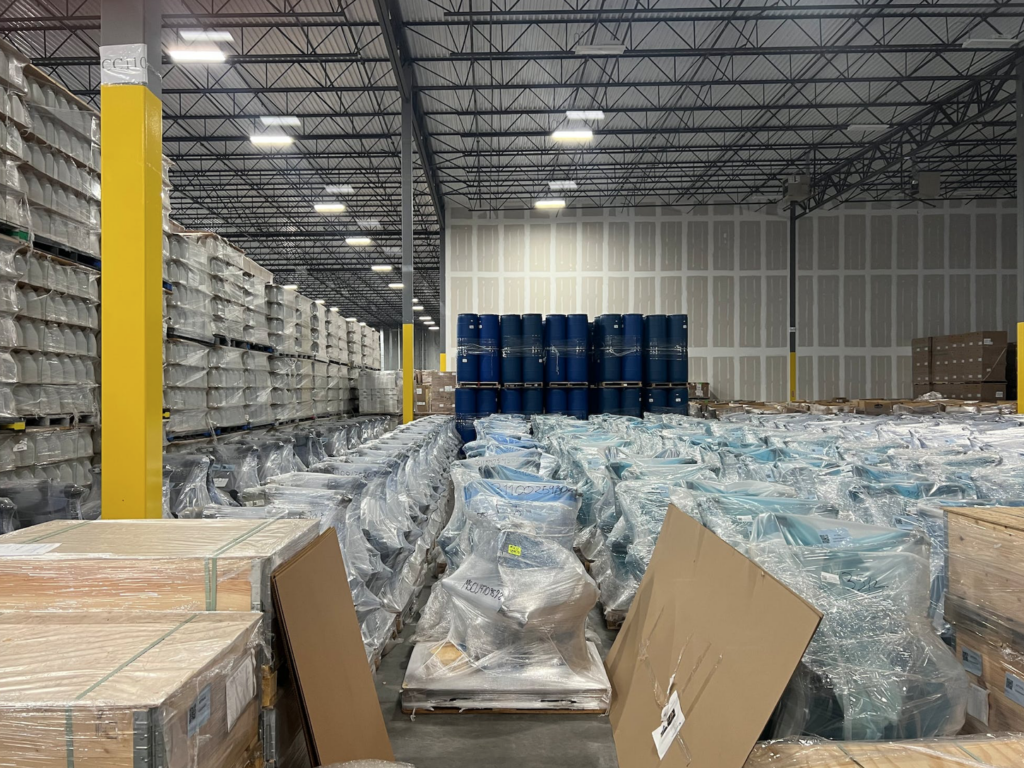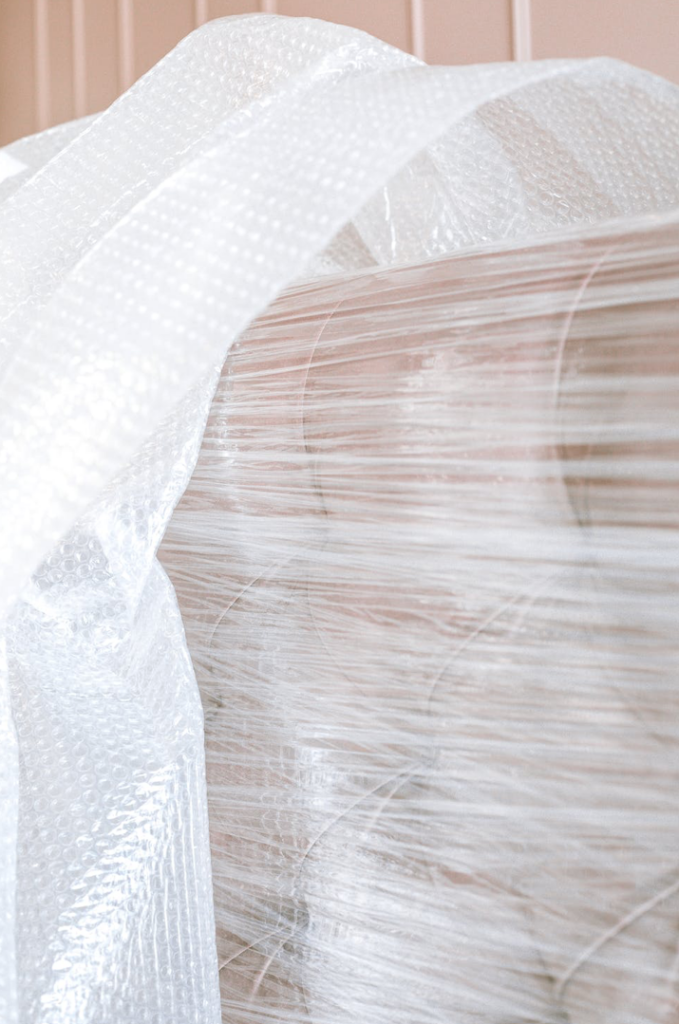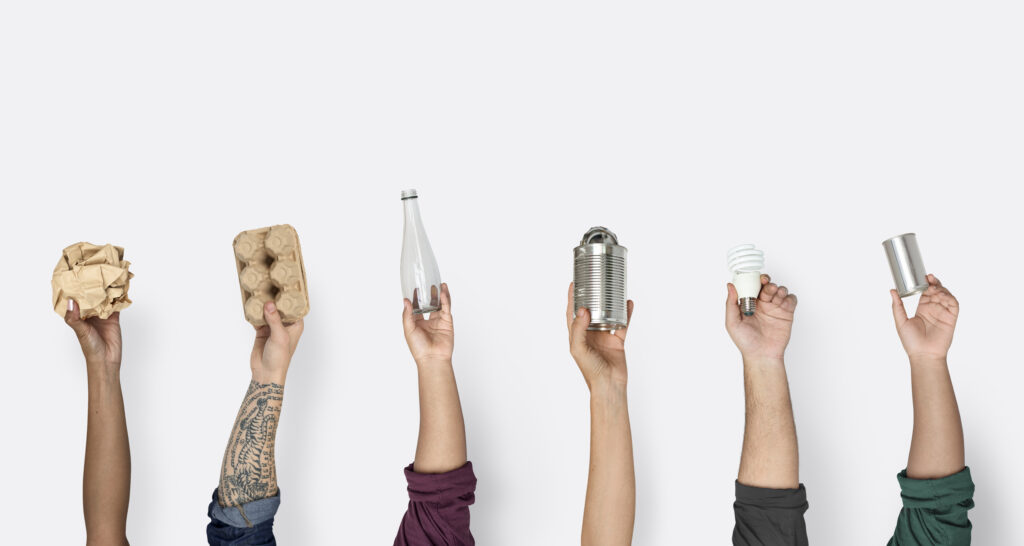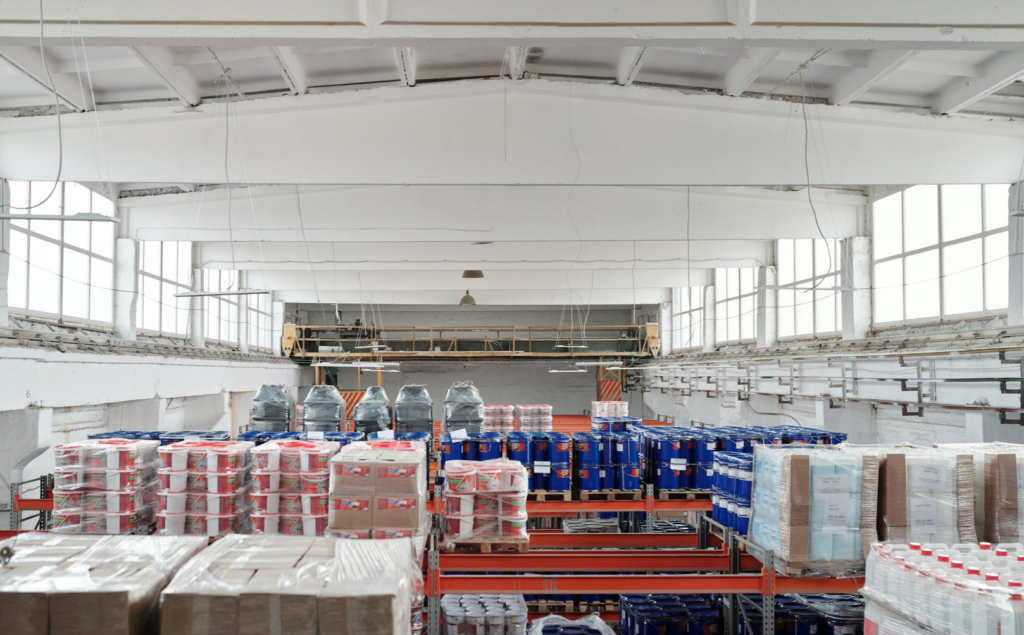When reusable packaging rhymes with sustainable revolution
Reusable packaging has become an integral part of distribution channels and marketers are now making it standard practice
The time is ripe for environmental awareness and recycling. Materials are evolving, and new solutions are being devised and tested in every region of France. This is mostly being driven by local start-ups and associations, but also thanks to a number of manufacturers who are taking the plunge into packaging reuse.
Regulatory framework for reusable packaging
The French anti-waste law for a circular economy (Loi anti-gaspillage pour une économie circulaire – AGEC) called on companies authorised to manage household packaging waste to define standard ranges of reusable packaging for the catering, fresh produce and beverage sectors.
The Citéo eco-organisation took the matter in hand, and quickly got the sector moving in the face of short deadlines for achieving the ambitious targets set by the regulations.

Organised by the Espace Conférences at ALL4PACK Emballage Paris 2022, a round-table discussion brought together several experts in the field: Sophie Nguyen Buu Cuong, representing Citeo, Philippe Reutenauer from Léa Nature, Hugues Pelletier, founder of Petrel, and Emmanuel Auberger from Uzaje. Together, they discussed the progress and future prospects of reuse in France.
Ms Cuong, Head of Development for reuse and bulk solutions at Citeo, reminded us from the outset: “The eco-organisations are asked to contribute, which is an interesting configuration […] and one that is specific to France”.
At the same time, Germany is often cited as an example of large-scale reuse of packaging, which mainly concerns beverages and liquids – without the intervention and contribution of local authorities and eco-organisations.
This support and active participation is part of the French regulatory framework, and a particular feature of our national consensus.
Ms Cuong continues: “One of our missions is to provide an operational solution by defining standardised packaging ranges”.

In practical terms, this means facilitating access to reuse for manufacturers, reducing distances travelled, and encouraging local loops to achieve far-reaching economies of scale, both financial and environmental.
A concrete example of this, embedded in the daily lives of the French, is bike-sharing – a type of standardised tool, available wherever you are, reusable at will and with a relatively indefinite lifespan.
Finally, the Development Manager emphasised Citeo’s role as a support, advisor and funder. Under current regulations, eco-organisations are required to devote 5% of their annual sales to supporting projects revolving around reuse and reusable packaging.
Brands and eco-organisations in favour of sharing and reusable packaging
For his part, Philippe Reutenauer, Ecological Packaging Strategy Consultant for Léa Nature, evokes the notion of sharing to alleviate the materials crisis. “Reuse is the future of packaging. There’s no doubt about it.”
To avoid resource depletion, retailers and eco-organisations are implementing innovative solutions, geared towards the use of reusable and recycled packaging.
5% of packaging reused by 2023, 10% by 2027: that’s the law, and the government’s expectation.
Msu Cuong emphasised the subtle but major difference between reusable and reused packaging:

- “Reusable packaging has the potential to be reused. In other words, it has been designed in such a way as to comply with several reuse loops”, she said. A re-use loop is defined by several uses on industrial packaging lines and several loops throughout the chain, from washing to transport and consumption
- “Re-used packaging is packaging that has already undergone at least one rotation before being put on the market, before being used by the manufacturer,” she explained. “So reused packaging is packaging that isn’t new, and that’s what the government is going to follow. The 10% of packaging by 2027 is indeed reused packaging.”
This mainly concerns household packaging, but also industrial and commercial packaging.
Among the household materials considered first as “good customers” for reusable packaging, there is:

– Green materials: Almost automatically validated for re-use.
Alternative “green” materials meet all the essential requirements of packaging, with compliance for multiple uses
– Plastic materials: Notably PET for bottles, but also various plastics and resins, such as copolyester or PP such as polypropylene, which is typical of our Tupperware boxes
–Stainless steel: Widely used in catering but financially more prone to budget overruns
–Glass: An option already undergoing expansion. A very interesting material for reuse, albeit brittle

“We are creators of reuse loops […], in terms of engineering and operational follow-up”. She adds that initiating a reuse loop involves starting with consumer needs, then thinking about primary or secondary packaging – but also about marketing (B2B or B2C), distribution and bulk, collection, washing and, finally, reuse.
The various issues are evaluated in terms of region, ie a variable of the product-packaging pair.
Petrel’s main mission is to act as an organiser and operator of long-term monitoring of logistical and financial flows, and the associated environmental balance.
Pierre-Jean Cavaroc, packaging expert at SGS France, presented SGS as an international certification and testing company, driven by the ambition to standardise practices on a global scale. “We develop protocols […] to ensure the compliance of reusable packaging”.
The aim is to work jointly with all stakeholders which includes manufacturers, industrialists, wash centers and testing laboratories.

Citeo’s Head of Reuse and Bulk reminded us that the aim is to provide a solution for every type of product – including those requiring single-use plastic film, for example.
One reality of the application of requirements of the reuse loop is that it allows better integration of the challenge represented by the regulatory requirements in terms of reusable, and reused, packaging.
Production, distribution, marketing, bulk, recycling, collection, washing and reuse: these are just some of the stages in the chain whose pro-environmental commitment is essential to the sustainability of packaging reuse.
If you’d like to take part in the upcoming conferences on the 2024 edition of ALL4PACK Emballage Paris, it’s time to sign up to join us next year. In the meantime, don’t miss out on all the show’s events in 2023!
Discover the speaker’s interview:
Watch the replay of the conference:
You Might Also Like:
AEGG ALLFORPACK EMBALLAGE PARIS Antalis bekuplast bottles cardboard circular economy Citeo Conferences conferences space consummer goods CSR Domino durability e-commerce eco conception eco responsable eco responsible emballage environmentally friendly food safety food security innovation KHS Lactips logistic logistics machines materials news packaging paper pharmaceutical plastic polymers printing processing recycling reuse security sustainability sustainable development sustainable packaging sustainable solutions Traceability


